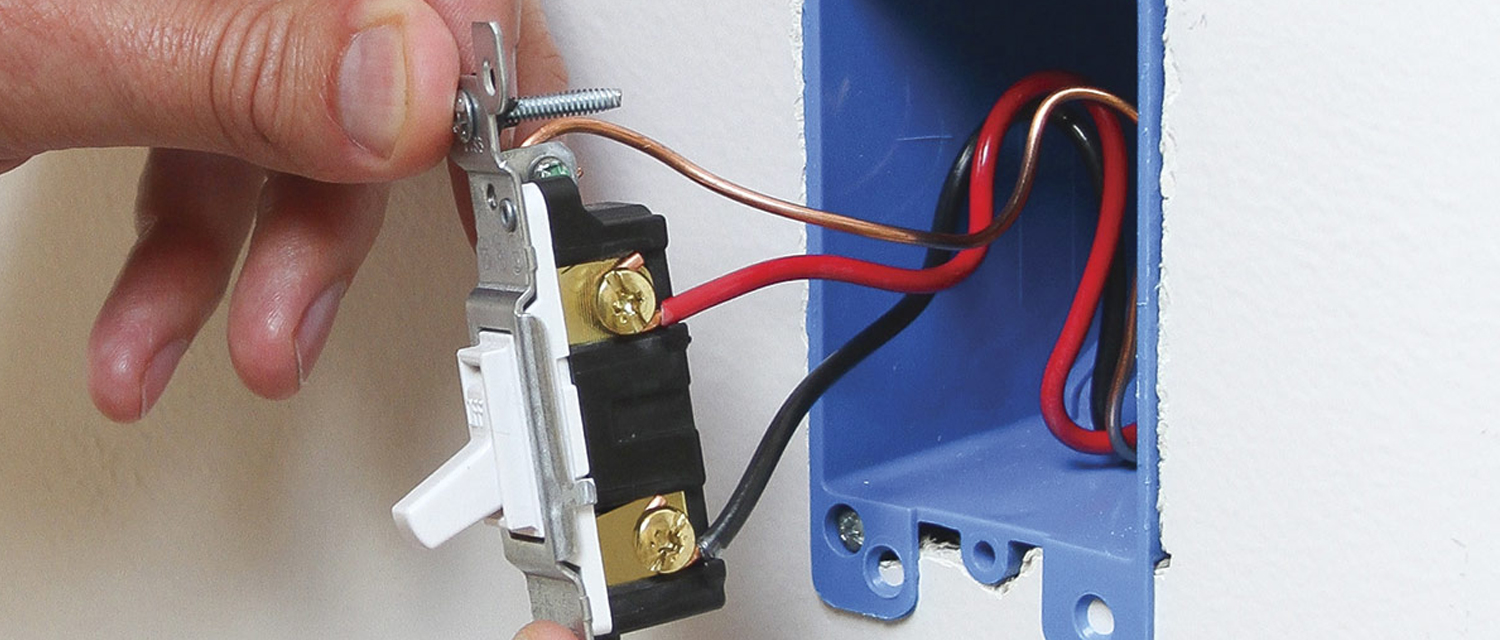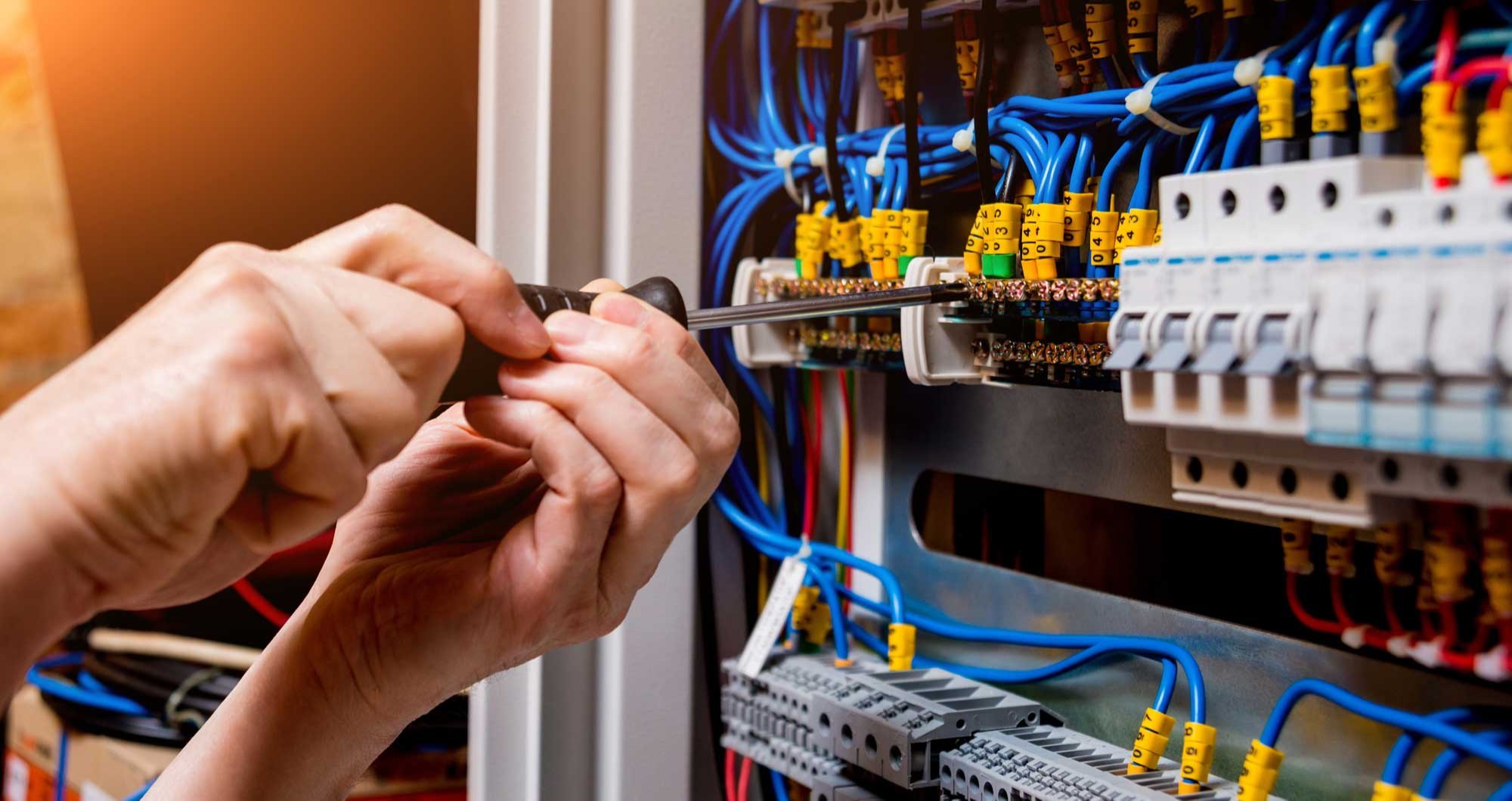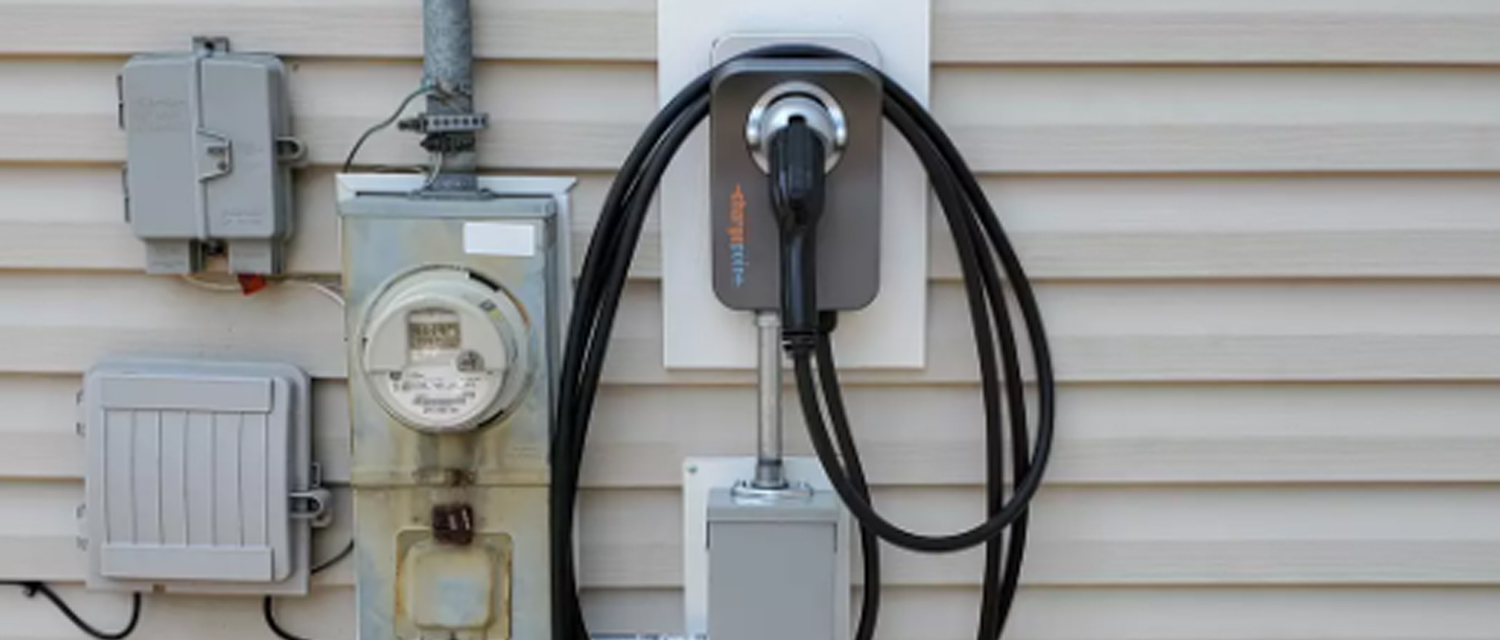Get free quotes within minutes
How To Wire a Light Switch in Australia?

Table Of Content
- Introduction
- Why You Shouldn’t DIY Light Switch Wiring?
- Types of Light Switches Used in Australia
- Tools and Materials Required For Wiring A Light Switch
- Essential Tools
- Materials
- Step-by-Step Guide to Wiring a Light Switch
- Vital Considerations for Different Switch Types
- Maintaining and Upgrading Your Lighting System
- When to Call Licensed Electricians?
- Rules and Regulations for Electrical Work in Australia
- Conclusion
Changing the light switch is easy work for any homeowner who loves do-it-yourself projects, but in Australia, it is against the law for anyone other than a licensed electrician to install a light switch. This is the case because electrical work in the country is highly regulated by safety precautions and laws. In this guide, we will look at the rationale for such regulations, various types of light switches found in Australia, tools needed and a guide to learning how these light switches are wired.
Why You Shouldn’t DIY Light Switch Wiring?
In the context of electrical work in Australia, it is not only risky but unlawful to perform electrical work without a license. This includes tasks as basic as wiring a light switch. Here are some critical reasons why:
Safety Concerns
Electrical work can be hazardous, and its dangers include the risk of electrocution, fires, and sometimes even death. These risks are manageable and licensed electricians are aware of how best to work with them to make your home safe.
Legal Requirements
As per the Electrical Safety Act in Australia, it is mandatory to have a license to engage in electrical work. Violation of this law draws heavy penalties and legal repercussions.
Insurance Implications
Many home insurance policies state that electrical work must be done by a professional electrician. Doing electrical work on your own is a grave mistake as it can make you lose your insurance coverage in the event of an accident.
Based on these reasons, it is evident that calling a professional is the most appropriate step to take. However, such knowledge might come in handy to those who like to know how things work or think about solving their problem with the help of residential electricians near me.
Types of Light Switches Used in Australia
Before we dive into the technical details, let’s explore the different types of light switches commonly used in Australia:
Single-Pole Switch
The simplest form of this is the one-pole switch which operates a light from one position only. It features two terminals and is rather simple to operate.
Two-Way Switch
A two-way switch enables us to control a light whether we are at the other end of the hallway or in the middle of the stairs.
Three-Way Switch
A three-way switch means that there are switches in three places, and this is good for large rooms or complicated configurations.
Dimmer Switch
Turns allow you to change the intensity of the light which can be both efficient and visually appealing.
Smart Switch
Smart switches can be managed through a smartphone application or a smart home platform; they possess sophisticated attributes such as timers and routines.
Tools and Materials Required For Wiring A Light Switch
If you're curious about the tools and materials needed for wiring a light switch, here's a list for educational purposes:
Essential Tools
- Screwdrivers: Both flathead and Phillips screwdrivers.
- Wire Strippers: For pulling off the insulation of the wire.
- Circuit Tester: To test for the presence of electricity.
- Insulated Pliers: For safely manipulating wires.
- Voltage Tester: To ensure that there is no voltage present in the circuit.
Materials
- Switch: The type of switch you intend to install, whether it is a single polar, two-way, three-way etc.
- Electrical Wires: Select the correct gauge wires for your circuit.
- Wire Nuts: For the fixing of wire connection.
- Electrical Tape: For use in insulating exposed wires.
- Switch Plate: To cover the switch.
Step-by-Step Guide to Wiring a Light Switch
Step 1: Turn Off the Power
Safety first! Switch off the power supply using the circuit breaker so that there is no presence of live electricity when you are operating. Be sure to use a circuit tester to ensure that there is no power supply.
Step 2: Remove the Old Switch
Loosen the cover plate of the existing switch by unscrewing it with a screwdriver. Twist the switch counterclockwise to remove it from the electrical box then pull it out to reveal the wires. Repeat the procedure and once more check using the voltage tester to ensure that the wires are dead.
Step 3: Identify the Wires
You will typically find three types of wires:
- Live (Active) Wire: Usually red or brown.
- Neutral Wire: Mostly black or blue.
- Earth (Ground) Wire: Either green or green and yellow.
Identify these wires carefully. In case of doubt, do not continue and seek the service of a licensed electrician.
Step 4: Disconnect the Old Switch
After that, you should cut the black wire coming from the old switch to break the connection. See how the wires were previously connected because you will need to wire the switch in the same way.
Step 5: Prepare the New Switch
Trim off around 10mm of the insulation from the ends of the wires if needed. Take off the outer casing of the new switch while loosening the terminal screws.
Step 6: Connect the Wires to the New Switch
Ensure the live wire is connected to the common terminal of the new switch. If it is a two-way switch, the remaining wires must be connected to the corresponding terminals. Check that all connections are tight and properly connected.
Step 7: Secure the Switch
Ensure that the wires are put back into the electrical box gently so that there is no wire pinched or exposed. Screw the new switch into place and install the cover plate over it.
Step 8: Turn the Power Back On
Go back to the circuit breaker and switch the power on again. Check if the switch is functional by testing it. If not, then switch off the power supply and check your connections again properly.
Vital Considerations for Different Switch Types
Two-Way Switch Wiring
In the two-way switch, you will have an additional terminal to accommodate the traveller wire which connects to the other switch that operates the same light. Double-check that the traveller wire is connected well so as not to have wiring problems.
Dimmer Switch Installation
When installing a dimmer switch ensure that you read the manufacturer’s instructions carefully. Some dimmer switches have certain wiring specifications and require a certain type of light bulb to work correctly.
Smart Switch Setup
Smart switches may have extra procedures that include setting up the switch with a Wi-Fi network or synchronizing with a smart home platform. Read the guidelines from the manufacturer and check compatibility with your current setup.
Maintaining and Upgrading Your Lighting System
It is important to perform routine maintenance on your lighting system to ensure that it is safe and functioning properly. Here are some tips to keep in mind:
Regular Inspections
Is a switch or outlet showing signs of wear or damage? Make sure to check it periodically. You need to check for exposed wires or wires that are partially or fully stripped, and any discoloration of the wires.
Use Quality Components
Ensure that you use high-quality switches and wiring materials that meet all the Australian standards. This makes it safer and more durable.
Upgrade to Energy-Efficient Solutions
It is advisable to change the bulbs to the LED type and replace the switches with smart ones. LEDs consume less energy and have longer life expectancy while smart switches provide comfort and energy efficiency through automation.
When to Call Licensed Electricians?
While understanding how to wire a light switch is valuable, many tasks—including any involving live circuits—are best left to licensed electricians. Even if you typically rely on a handyman for general home repairs, electrical work should only be handled by a certified professional. Here’s when you should call an electrician
Complex Installations
If you have a complicated wiring situation, if there are many switches to put up or down, or to interface with a smart home system, then a licensed electrician knows how to manage such a dilemma without compromising safety.
Upgrading Electrical Panels
Electrical panel upgrade or alteration is a task that is best left to a professional who knows what they are doing. To be more precise, such measures can cause considerable risks if they are not managed correctly.
Troubleshooting Issues
If you have flickering lights, warm switches, or constant tripping of the circuit breaker, these are signs that your electrical system needs the services of an electrician.
Rules and Regulations for Electrical Work in Australia
Electrical work in Australia is regulated to fit certain conditions and standards for safety and legal reasons. Here are some key points to keep in mind:
Licensing Requirements
This is so that only licensed electricians are allowed to carry out any electrical work. This ranges from wiring of light switches, fixing of outlets and any other work that may involve circuits.
Compliance with Standards
All electrical installations are required to meet the requirements of the Australian Standard (AS/NZS 3000:2018). This makes it possible for all the electrical installations and works to be done safely and correctly.
Permits and Inspections
Some major electrical work may call for permits and inspection by the local authorities as well. This is important to ensure that the work being done conforms to safety standards and requirements.
Despite the urge to wire a light switch, it is crucial to consider the safety and legal requirements of electrical jobs in Australia. These concerns demonstrate that the rules are rigorous, and risky, which makes it crucial to receive professional assistance.
Conclusion
Knowing the process, what types of switches are available, and what tools are required will help you realize that there is much more to switching than you may have originally anticipated, and will assist you in formulating your requests in conversations with a licensed electrician.
Of course, safety should always remain the number one consideration when it comes to electrical work. It is always advisable that a homeowner hires qualified electricians to do wiring in the homes, and the wiring has to be done legally.






